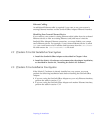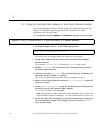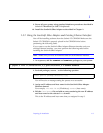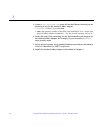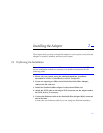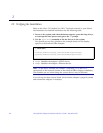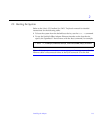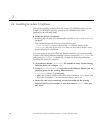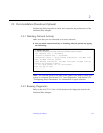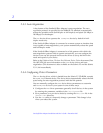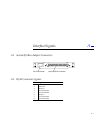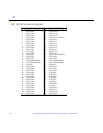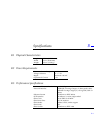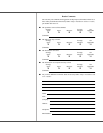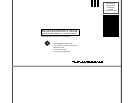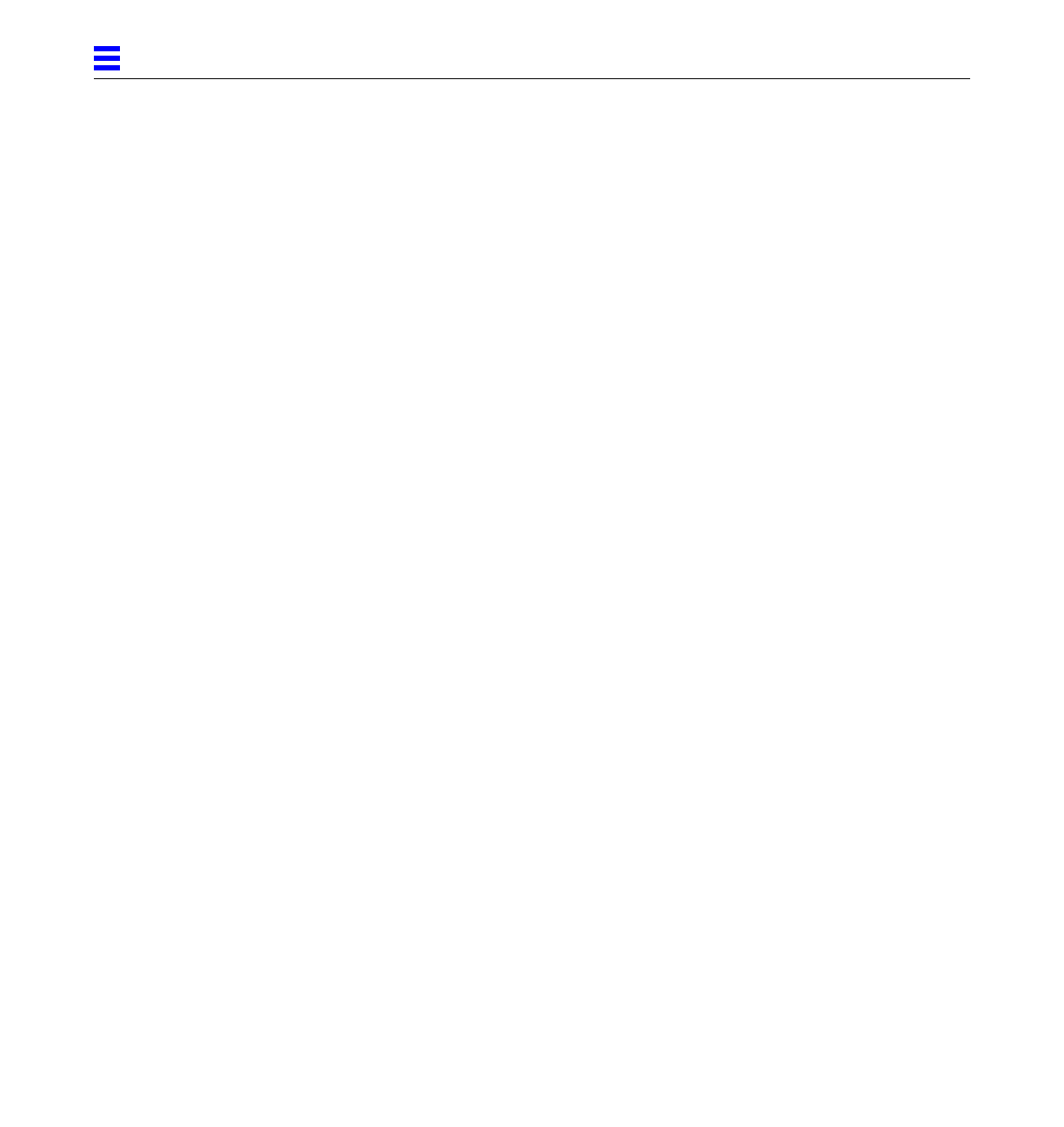
2-6 SunSwift SBus Adapter Installation and User’s Guide—December 1995
2
2.5.3 Auto-Negotiation
A key feature of the SunSwift SBus Adapter is auto-negotiation. The auto-
negotiation protocol, as specified by the 100BASE-TX standard, automatically
selects the operation mode (half-duplex or full-duplex) and speed (10 Mbps or
100 Mbps) for the adapter.
The hme device driver operates the SUNW,hme device by default in half-
duplex mode only.
If the SunSwift SBus Adapter is connected to a remote system or interface that
is not capable of auto-negotiation, your system automatically selects the speed
and half-duplex mode.
If the SunSwift SBus Adapter is connected to a link partner with which the
auto-negotiation protocol fails to operate successfully, you can configure the
device to not use this protocol and force the driver to set up the link in the
mode and speed of your choice.
Refer to the Platform Notes: The hme Fast Ethernet Device Driver document (Part
No: 802-3970) for more information on the hme device driver and auto-
negotiation. (This document is also available on the Solaris 2.5 and the Solaris
2.5: 1/96 AnswerBook.)
2.5.4 Configuring Driver Parameters
The hme device driver, which is loaded from the Solaris 2.5 CD-ROM, controls
the SUNW,hme Ethernet device. The device driver automatically selects the link
speed using the auto-negotiation protocol with the link partner.
You can manually configure the hme device driver parameters to customize
each SUNW,hme device in your system in one of three ways:
• Configure the hme driver parameters generally for all devices in the system
by entering the parameter variables in the /etc/system file.
• Set a parameter on a per-device basis by creating the hme.conf file in the
/kernel/drv directory.
• Use the ndd utility to temporarily change a parameter. This change is lost
when you reboot the system.



